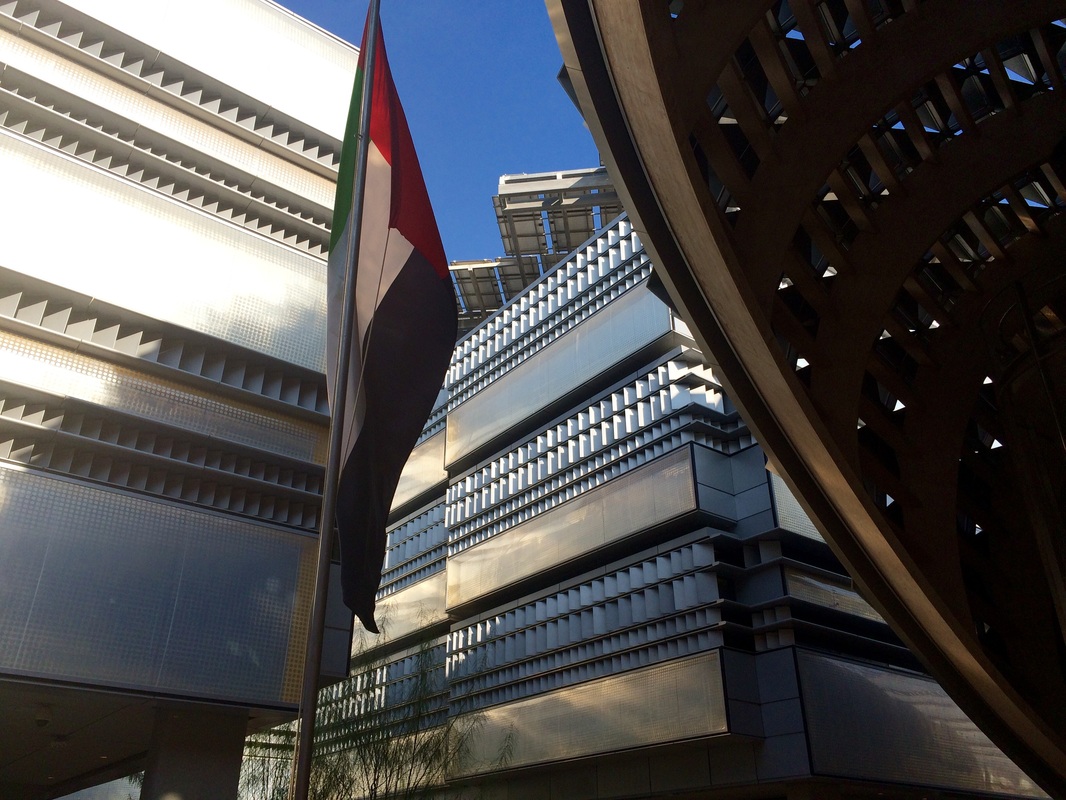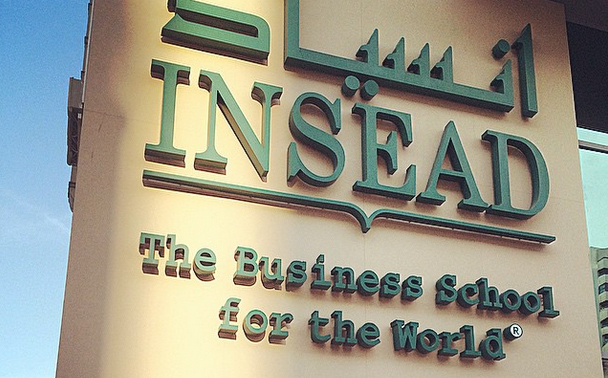This post is written for Masdar's 2015 Engage Blogging Contest. See my post on Nuclear Energy's Role in Sustainable Development entered in last year's contest.
In the next 15 years, more and more people will move to cities as populations grow and countries expand from agriculture and resource based economies to technology and knowledge based economies. We can already see the strain that rapid urbanization has on existing cities as they struggle to keep up. Severe traffic and overcrowded public transportation is common. Housing is expensive and unavailable near city centers, where most of the jobs are. While it is relatively easy to build an efficient and sustainable city from scratch, retrofitting existing cities in a sustainable way to meet the demand for rapid urbanization will be the real challenge in the next 15 years.
Many older cities, such as in Europe, have done a good job providing public transportation by building extensive metro systems underground. Others have distributed the strain on transportation by creating industrial hubs outside of the city center. Some urban areas have designated plots of land for community gardens. These ideas from cities that have already changed to match growing urbanization can be used to inspire and plan for future growth in a sustainable way.
Multiple City Center Hubs
The classic commute into downtown in the morning and back to the suburbs is archaic and cities should rethink where and how they allow companies to establish offices and operations. One example is to designate industrial hubs within the city and suburbs. Having multiple “city centers” would distribute the commute and allow people to live closer to work. Clusters of companies in similar industry chains would allow them to still effectively do business with each other and also share industrial, community, and even human resources.
Smart Transportation
It is no doubt that personal vehicles are one of the biggest contributors to green house gas emissions and unsustainable practices within cities. While having multiple city centers may ease commute distance, urban areas need to completely rethink their transportation infrastructure to match rapid urbanization. Data and technology can be used to develop a smart transportation system that allocates supply to demand. For example, Google Maps can already tell you and compare what your options are for getting to your destination. This data can be used to plan individual routes that minimize travel time to ease the strain on transportation systems according to demand. Smart transportation planning can be very effective if used by everyone, and would be further enhanced by self-driving vehicles that talk to each other and plan the most effective routes as a whole system.
Functional Landscaping
Green space is important for the environment and the sanity of urbanites but it can come at a large cost of resources, such as water. Dry regions especially use significant resources to keeps lawns and parks green. Cities should work to match their landscaping to their climate by using indigenous plants. In addition, green spaces can serve many purposes, including growing fruits and vegetables, recreational areas, and animal habitats. Thinking of landscaping as functional instead of visual will allow for cities to make better use of green space and use valuable resources more effectively.
Rapid urbanization in the next 15 years will present many challenges to existing cities. They will need to look to the past to identify best practices in retrofitting for a new world. Major infrastructure evolutions in the past, such as in the change from horses to cars, have happened before. Urban areas can grow in a sustainable way but forward thinking and fresh ideas will be necessary.






 RSS Feed
RSS Feed

